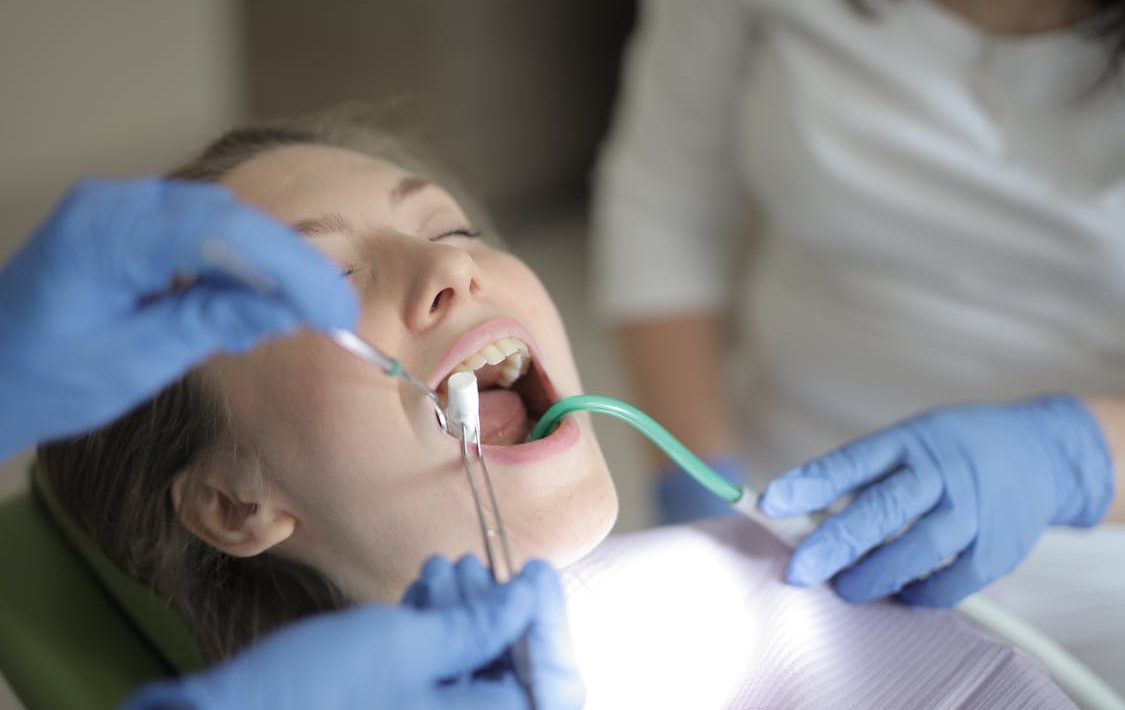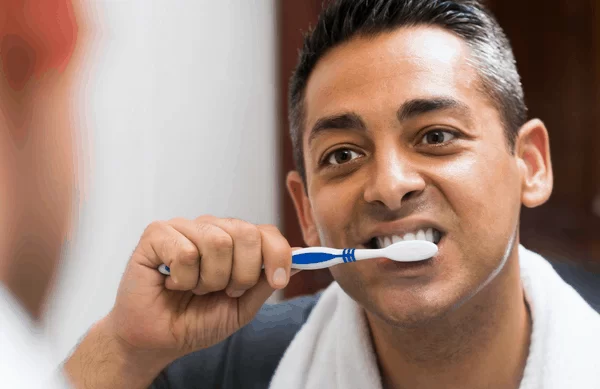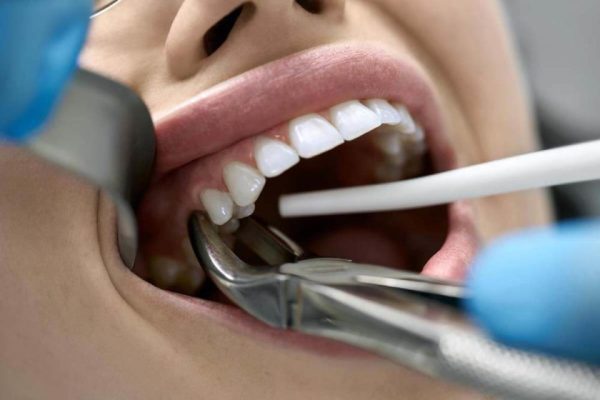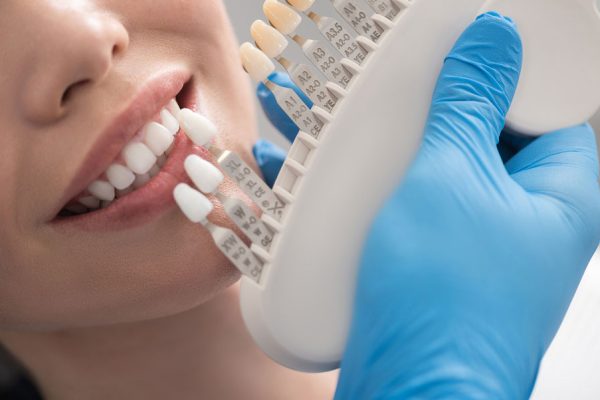Whenever you head into your local dentist’s office, you are bound to confront a lot of the tools that the dentists use for their trade. Now, whether you are a bit nervous at the dentist on principle or just want to know what that curved spiky thing does before it goes into your mouth, it can be helpful to learn more about some of the common instruments that you might see.
Here are some of the instruments that no dentist would open up a practice without, and that you will almost always see during your checkup.
The Dental Explorer
Easily one of the first tools you will see in the dentist’s office, the dental explorer is a curved hook like probe that goes into your mouth. It might pinch a little bit as the dentist uses it, and it is designed to explore your teeth and see what is going on in their structure. Your dentist will move around your mouth and try to find any problems with your teeth, and will lightly poke your tooth with the probe to see if there are any signs of decay.
If you do end up having plaque on your teeth, then the dentist might use the dental explorer to scrape off all the plaque. The feeling of the explorer hooking and tugging on your teeth might cause you to grimace a bit, but it shouldn’t hurt you.
The Mouth Mirror
While a dentist is standing over you and can get a pretty good look at the inside of your mouth from where they are, sometimes they just need a closer look and that is where the mouth mirror comes in really handy. It’s a round mirror on a stick that allows the dentist to see into the back of your mouth and can also allow them to see teeth that are hard to reach.
Additionally, they can also be used to reflect light on surfaces in the mouth. This extra ability to see every inch of your mouth allows a dentist to make the best call on what do to for your oral health.
Dental Drills and Burs
Hopefully, if you need to see these tools you won’t be awake for the procedure, because you will be unconscious and sedated. A dental drill is a tool that is used to remove decay or to prepare the tooth for receiving a filling or crown. While it can cause some pain because it is stripping away a part of the tooth for the fitting, you don’t need to worry because most dentists are going to sedate you or use some type of anesthetic whenever performing this procedure.
If you encounter dental burs for a practice, then they are also used for advanced procedures. They are used for cutting hard tissues and even bone whenever you have a procedure, surgery, or dental operation. There are various types of dental burrs, all made from steel, stainless steel, tungsten carbide, and diamond grit. Whenever your dentist needs to finish, cut, or trim your teeth, dental burrs are something that they will use.
A Suction Gun and A Water Tool
Finally, no matter the procedure that your dentist does, they will use a suction gun to suck excess saliva out of your mouth as well as any extra debris. They can also use a water tool which is actually called a magnetostrictive ultrasonic scaler. Even though most people think that the water is doing the cleaning, the actual power behind the tool is the sonic vibrations that the tool is using, and the water only works to cool the vibrations down.
The water tool does clean your teeth, similar to how a power washer cleans the wall of a house, only instead of water the tool used sonics. These two tools are used in combination with one another to keep your teeth and mouth clean and to allow the dentist to complete whatever procedure they need to do.
Just know that they can feel a little weird in your mouth until you get used to them!
You’ll See All The Basic Instruments When You See Your Dentist
If you are wondering about seeing these instruments up close, then don’t worry about it! They will be seen whenever you are at your dentist’s office and going in for your latest checkup. Then you can share your knowledge about what your dentists are using with them and can learn more about the various tools that go into dentistry.





